I'm a coffee newb - bought an Aeropress and a Rhino hand grinder, and I've sort of flailed around changing things randomly and ended up with an enjoyable repeatable cup by sticking to the same beans, grind, water temperature, brew time & method that seems to work for me.
My issue is I'm not really sure about the terms used to describe the basic aspects of coffee taste - eg bitter, sour, acidic, under extracted, over extracted, etc. I feel like if I did understand them, that would give me the skill to try different things (such as a different roast) and adjust the other factors to match them to get something that suits me, or to be able to make a cup of coffee that would suit someone else's taste.
I'm wondering if you're able to tell me how to deliberately create these other tastes - I imagine I could comparatively taste them and mentally match the words to the sensations. For example, how can I deliberately create an obviously bitter cup, an over extracted cup etc.
The resources I've got for this project are the Aeropress and grinder mentioned, Nespresso machine, a medium and a dark roast, a French Press, and whatever coffee I can get from a supermarket.
Does this sound like a viable plan? If so, what are the tastes I should learn, and how can I create guaranteed and slightly exaggerated versions of them?


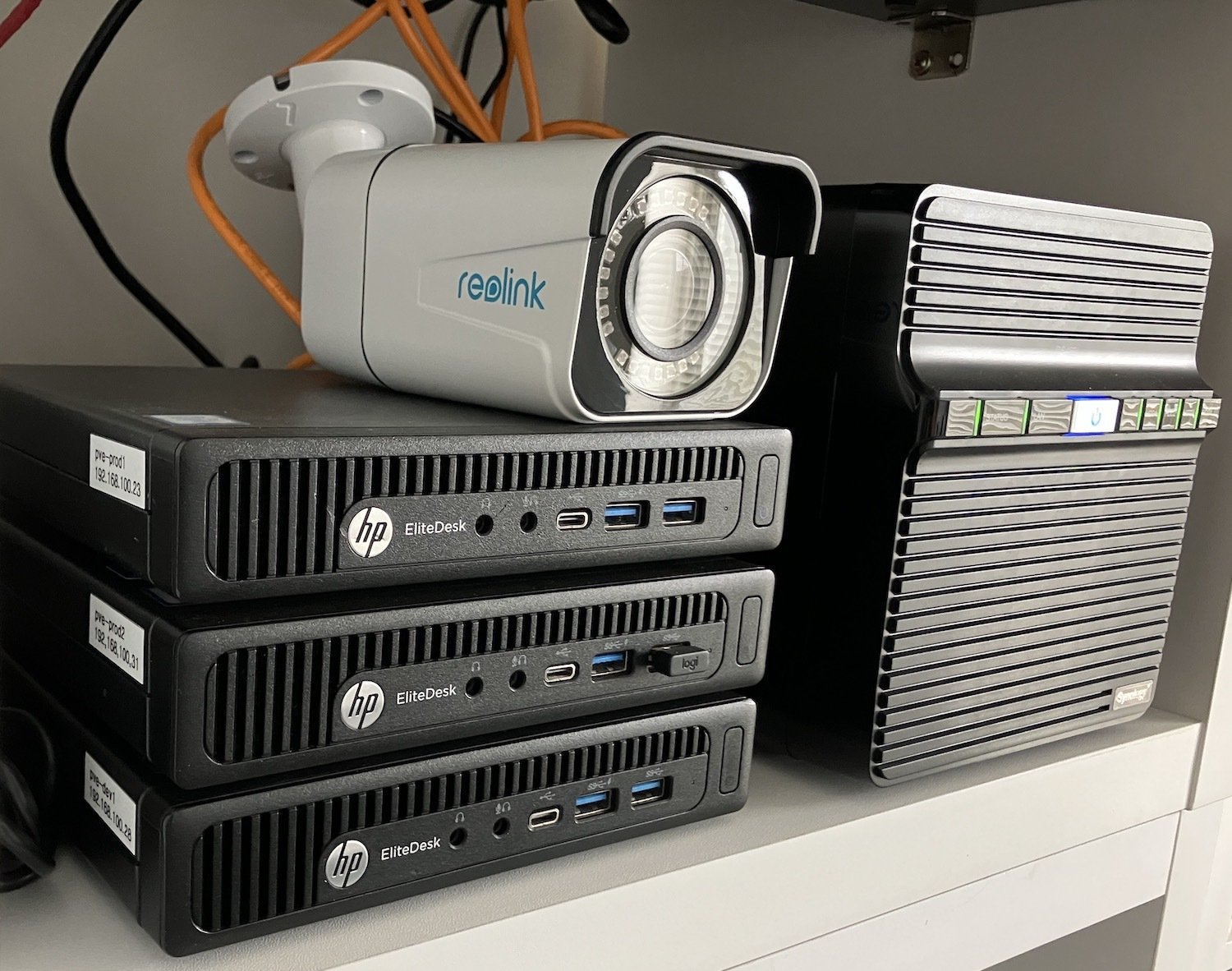
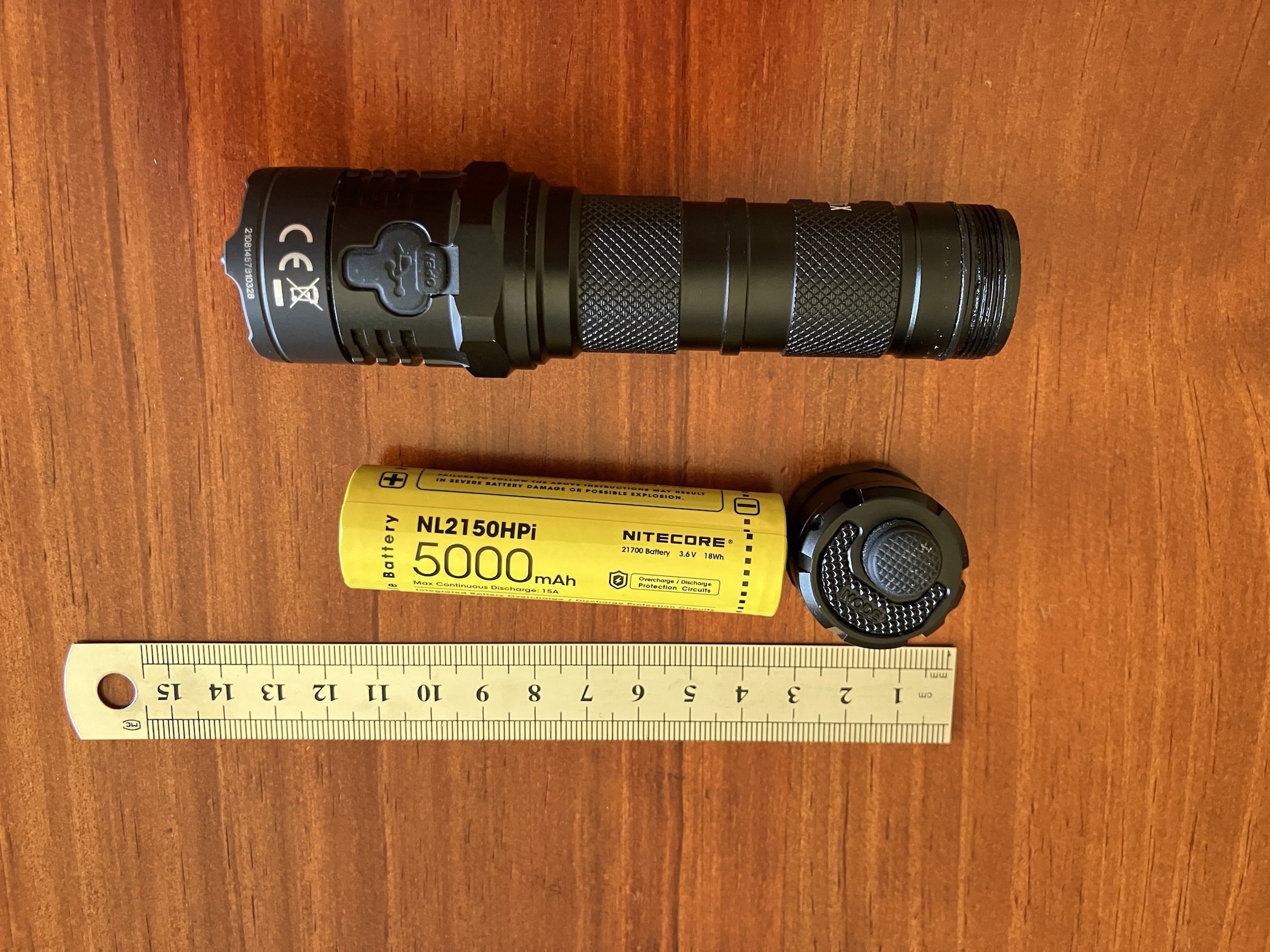
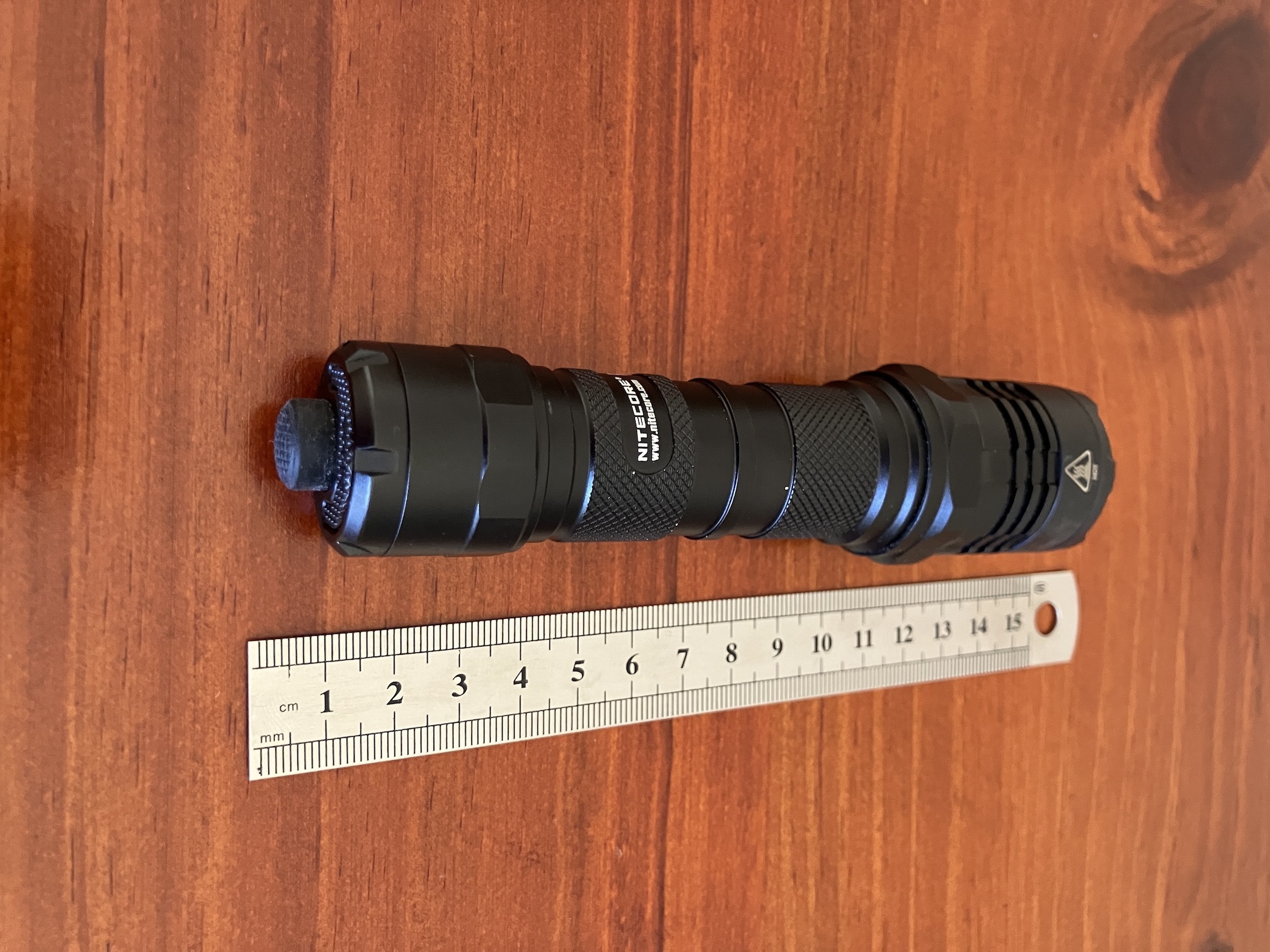
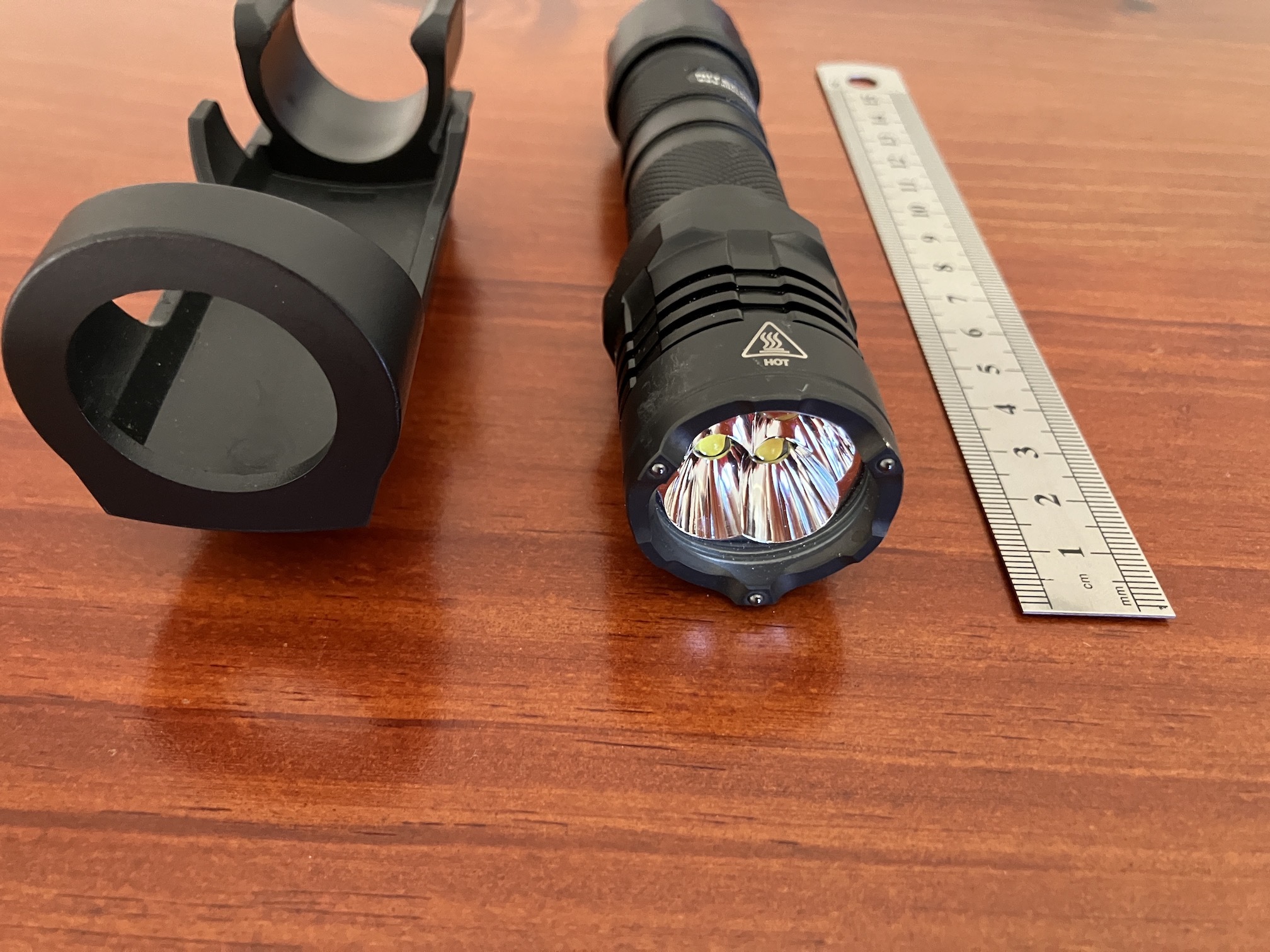
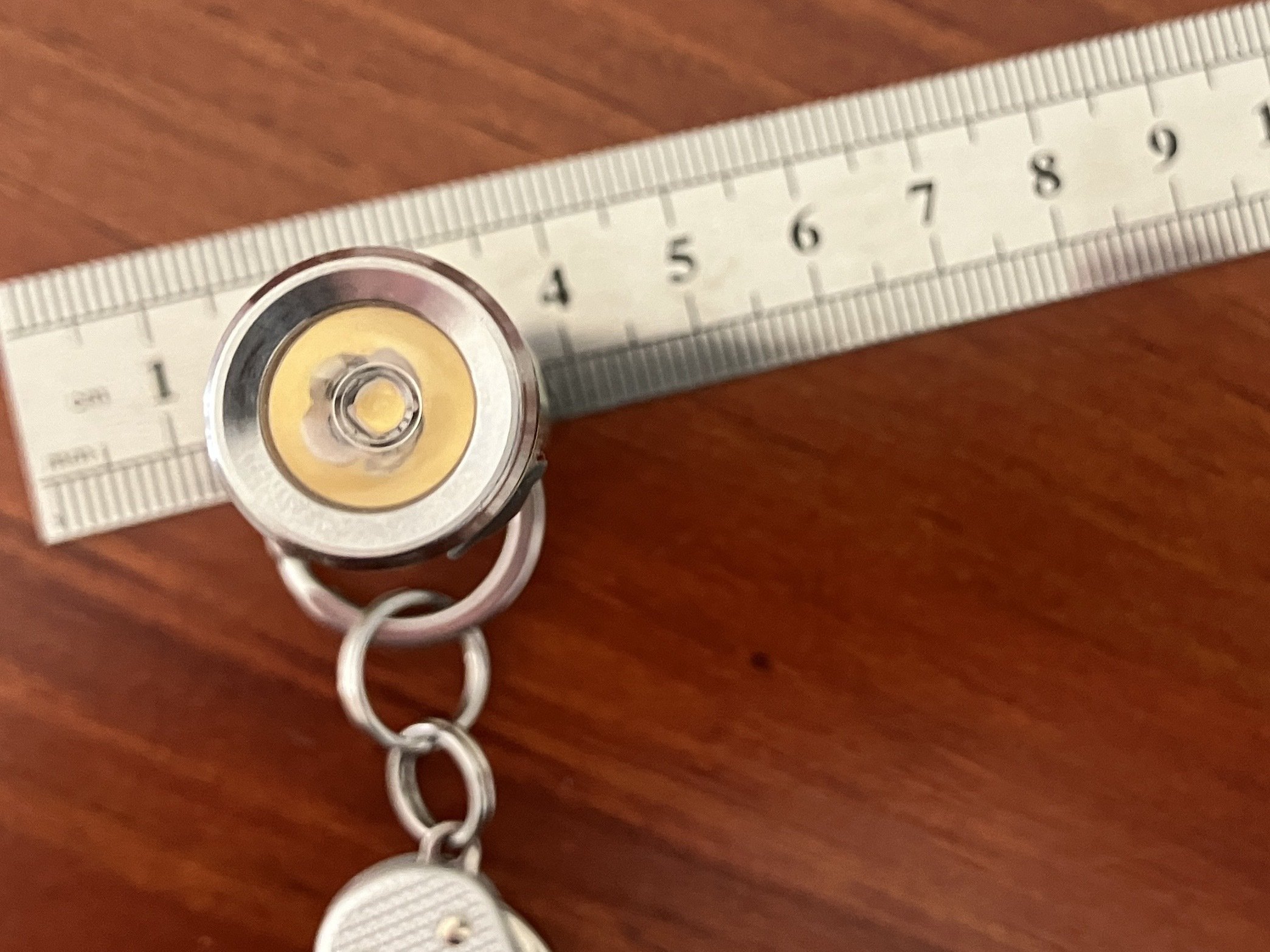

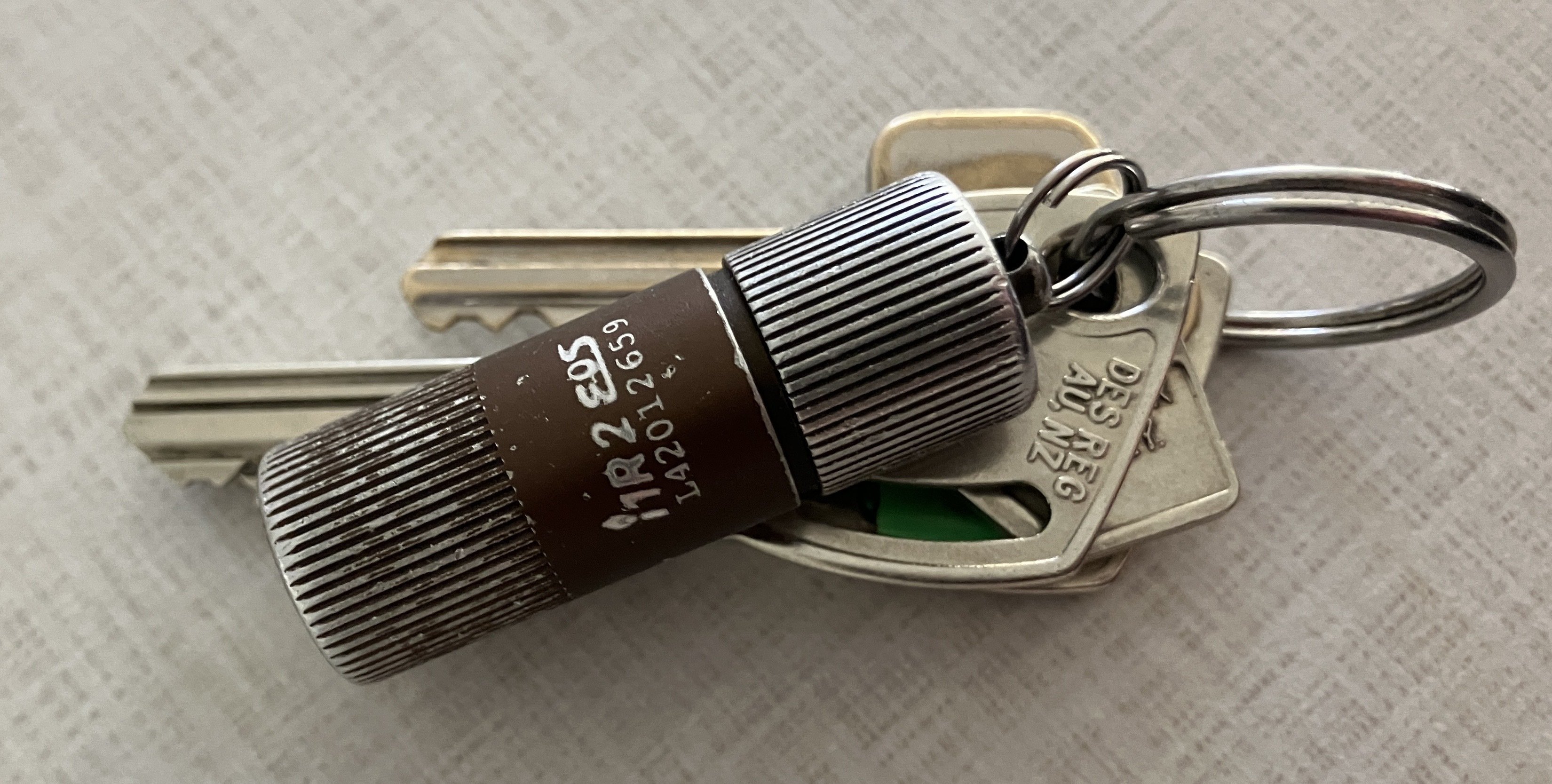
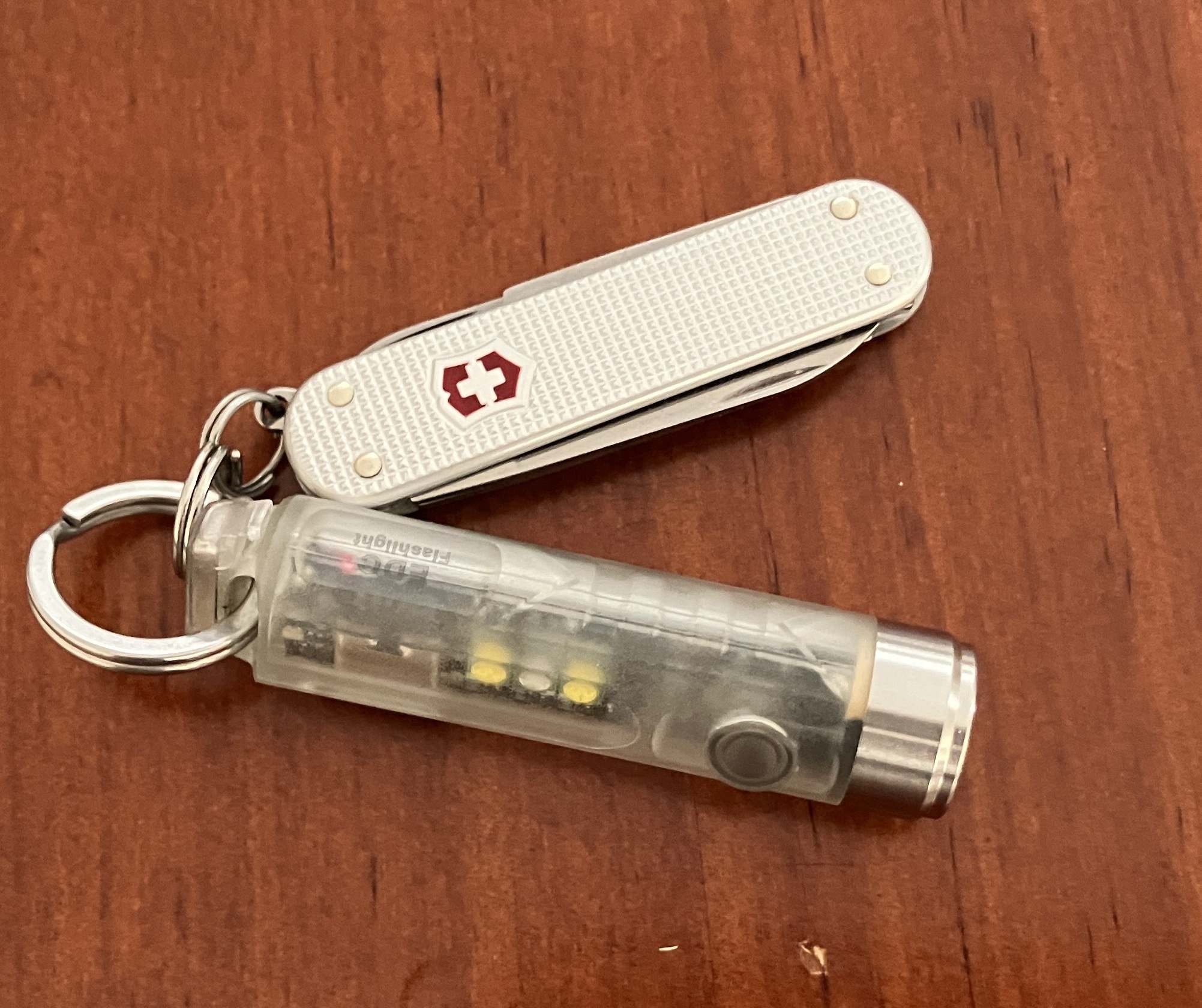

The process for this is to obtain an EPS32 with bluetooth and wifi, pair it to the scale with bluetooth then keep it powered on in range of the scale, then the data goes into HA?